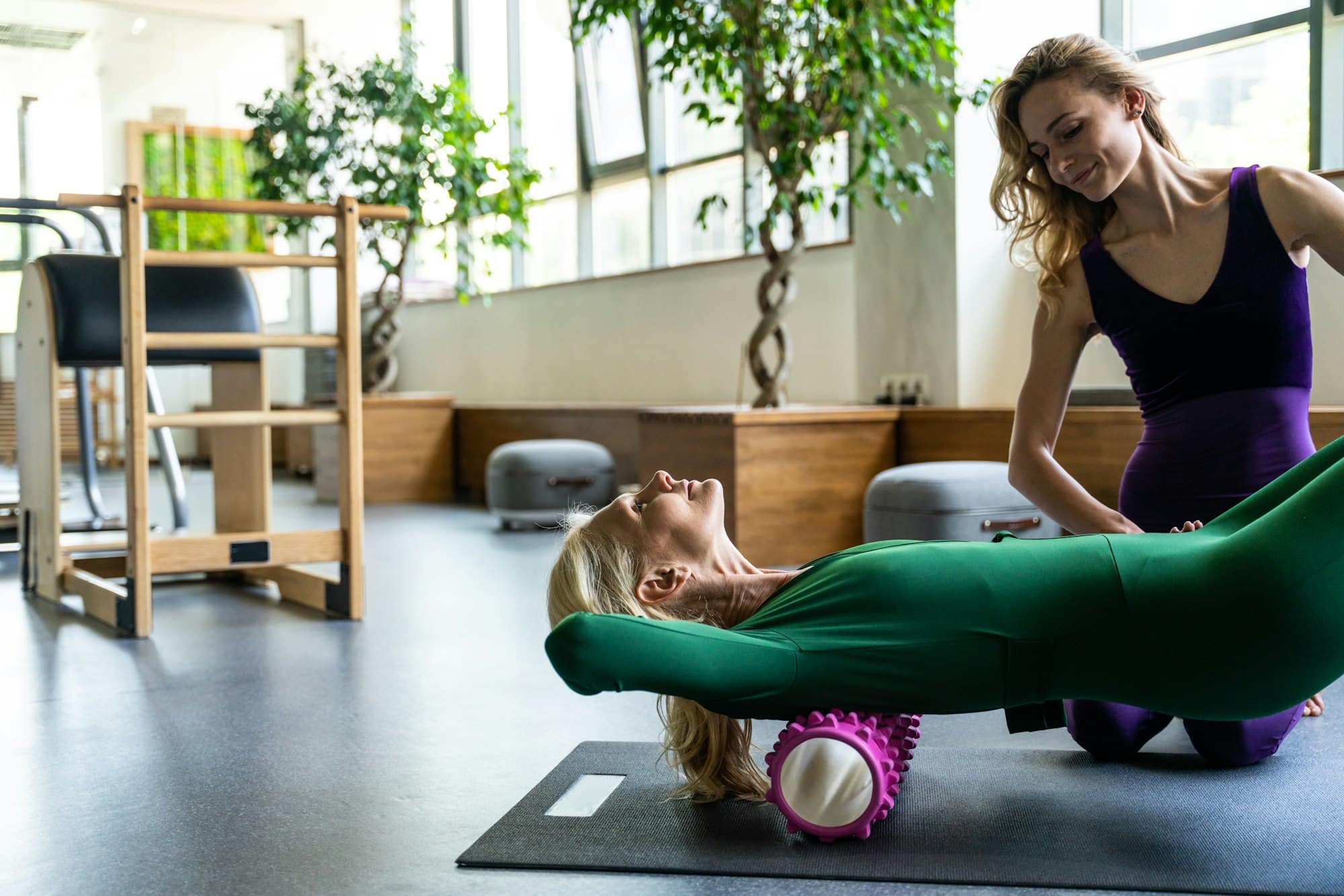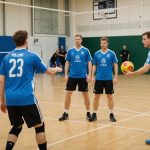As you, figure skaters, well know, the world of ice skating demands not just grace but also an impressive amount of strength and flexibility. You are constantly seeking ways to enhance your performance on the ice, pushing your bodies to the limit in pursuit of that perfect routine. One technique that can help you attain that goal is Pilates. With its focus on core strength, balance, and flexibility, it’s an ideal training regimen for skaters. Let’s delve into the key benefits of Pilates for figure skaters’ flexibility and strength.
Pilates and Core Strength
The core is the powerhouse of the body. It is the center from which all our movements originate. A strong core not only improves balance and stability but also aids in the execution of complex spins and jumps that are integral to a skating routine.
This might interest you : What are the optimal dietary fats for endurance in triathletes?
Pilates is an exercise modality that places a significant emphasis on the core muscles. Each Pilates exercise engages the muscles of the abdomen, lower back, and hips, strengthening them through controlled, precise movements.
A Pilates workout requires you to maintain a controlled posture and alignment, challenging your core muscles continuously. Over time, this leads to improved core strength and stability, which can help you perform with more power and precision on the ice.
Also to discover : What are the optimal dietary fats for endurance in triathletes?
Moreover, Pilates encourages you to engage your deep core muscles, such as the transversus abdominis and the pelvic floor muscles. These muscles are often neglected in traditional workouts but play a crucial role in maintaining stability and balance during your skating routines.
Pilates for Leg Strength
Strength in the legs is crucial for you, skaters. From powerful jumps to sustained glides, your legs are constantly called upon for explosive strength and endurance.
In Pilates, many exercises are designed to strengthen the muscles of the lower body. For example, the leg press on the reformer, a popular Pilates apparatus, targets the quadriceps, hamstrings, and gluteal muscles. Such exercises help build strength in the lower body without adding bulk, which could hamper the grace and fluidity of your skating movements.
Additionally, Pilates exercises often involve eccentric muscle contractions, where the muscle lengthens under tension. This type of training is fantastic for improving muscular endurance, enabling you to maintain your performance level throughout a lengthy routine.
Pilates & Balance Improvement
Pilates training also can improve your balance, a critical aspect in figure skating. Better balance can help you execute complex moves on the ice with greater precision and less risk of falling.
Pilates exercises often involve maintaining stability while moving different parts of your body, thus challenging your balance in various ways. For example, an exercise may require you to balance on one leg while moving the other. This not only strengthens the muscles involved in balance but also trains your brain and nervous system to coordinate these muscles more effectively.
The focus on proper body alignment in Pilates also contributes to improved balance. By teaching you to maintain a neutral spine and pelvis, Pilates helps you distribute your body weight evenly, enhancing your balance and stability on the ice.
Flexibility and Pilates
Flexibility is a key attribute for you, figure skaters. It allows you to execute the splits, spins, and high kicks that figure skating demands.
Pilates can help you improve your flexibility. Many Pilates exercises involve moving through a full range of motion, stretching the muscles and increasing their length. Over time, this can lead to improved flexibility.
Moreover, Pilates encourages you to maintain control over your movements, which can prevent you from overstretching and injuring yourself. Instead of using momentum to force a stretch, you learn to lengthen your muscles gradually and safely.
Pilates also promotes uniform muscle flexibility. Unlike many forms of training that focus only on major muscle groups, Pilates exercises aim to increase flexibility in all muscles, including the smaller ones often neglected by other workouts. This uniform flexibility can help decrease your risk of injury and improve your skating performance.
In conclusion, Pilates offers a variety of benefits that can enhance your figure skating performance. By improving your core strength, leg strength, balance, and flexibility, it can help you execute your skating routines with more power, precision, and grace. Whether you’re a beginner or a seasoned skater, incorporating Pilates into your training regimen could give you the edge you need to shine on the ice.
Training with Pilates: A Comprehensive Approach for Figure Skaters
As mentioned above, Pilates plays a significant role in boosting core strength, leg strength, balance, and flexibility. But it’s not just about physical prowess; Pilates also enhances your body awareness – a crucial aspect for figure skaters.
In Pilates, you are consciously aware of each movement, each stretch, each contraction. This heightened sense of body awareness can help you understand your body better, helping you recognize your strengths and weaknesses. It enables you to execute your moves on the ice with greater precision and purpose.
Body awareness in Pilates is closely linked with the breath. Pilates exercises are synchronised with the breath, teaching you to breathe correctly and use your breath to facilitate your movements. This controlled, mindful breathing can enhance your cardiovascular endurance, a vital factor in winter sports like figure skating, which demand stamina and resilience.
Moving beyond just physical strength and flexibility, Pilates also helps reduce the risk of injury. By promoting balanced muscle development and flexibility, Pilates ensures that no muscle group is overworked or neglected. This balance helps prevent muscle imbalances and reduces the strain on the joints, thereby lowering the risk of injury.
Furthermore, Pilates exercises are low impact, making them suitable for skaters of all ages and fitness levels. Unlike some forms of strength training that involve heavy weights and high-impact movements, Pilates exercises are gentle on the joints and can be adapted to suit your individual needs and fitness levels.
Incorporating Pilates into Your Training Program
Now that you understand the benefits of Pilates for figure skaters, you might wonder how to incorporate it into your training program. It’s simpler than you might think!
Start with a basic Pilates class to learn the foundational exercises and principles. Once you’re comfortable with the basic movements, you can explore more advanced exercises or use Pilates apparatus like the reformer or Cadillac.
A balanced Pilates program for figure skaters might include exercises for core strength, lower body strength, balance, and flexibility training. It’s important to vary your routine to challenge different muscle groups and prevent boredom. Remember, the key to successful training is consistency, so try to make Pilates a regular part of your training schedule.
But don’t overdo it! While Pilates is generally safe and low-impact, it’s still important to give your body time to rest and recover. Make sure to balance your Pilates training with other forms of exercise such as cardiovascular training, and allow adequate time for rest and recovery.
Conclusion: Striving for Excellence on Ice
The world of figure skating is demanding and challenging, requiring you to push your boundaries continually. But with the right approach and the right tools, you can rise to the challenge and shine on the ice. Pilates, with its emphasis on core strength, balance, strength flexibility, and body awareness, provides a comprehensive training solution for figure skaters.
By incorporating Pilates into your training program, you can enhance your performance, reduce the risk of injury, and bring your skating skills to new heights. Whether you’re preparing for a local competition or the Winter Olympics, Pilates can provide the boost you need to reach your figure skating goals.
So, what are you waiting for? Embrace the power of Pilates and elevate your ice training to the next level!













